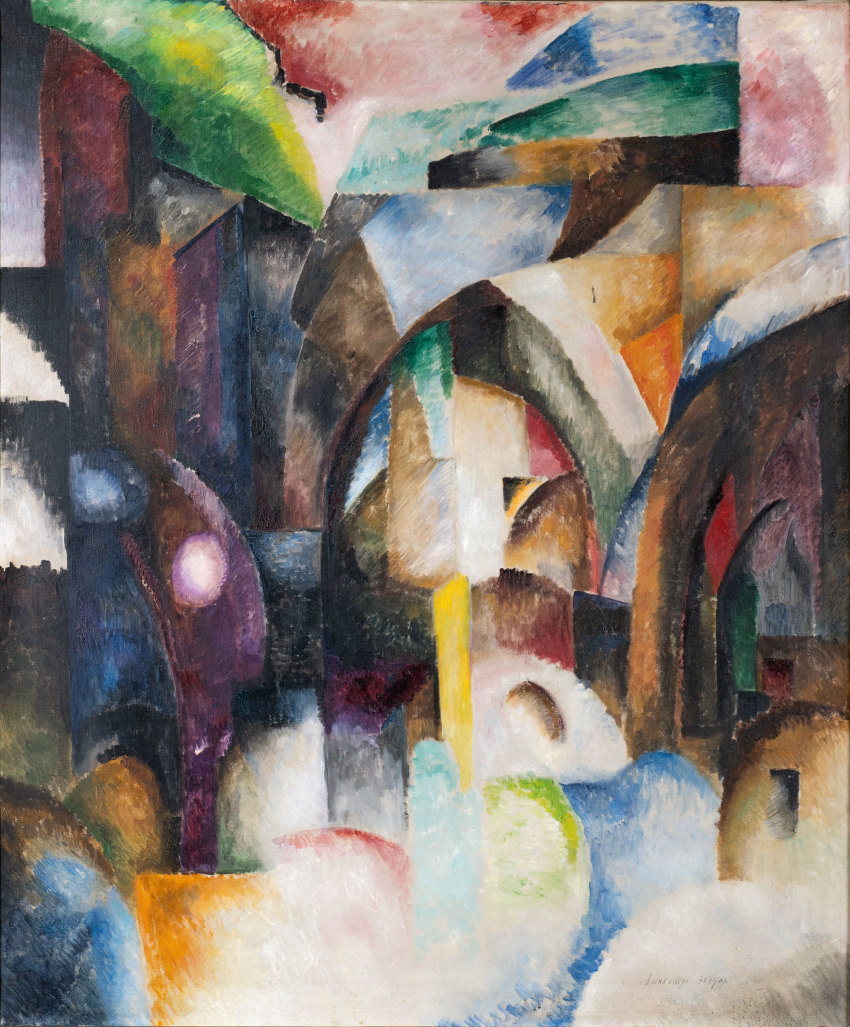Then there is that decision to include 'women artists in Britain'. This allows the exhibiton of Rosa Bonheur - very popular here, but no more than a holiday-er herself, Edmonia Lewis who might have died in London but whose career was not centred in the UK and Harriet Hosmer who had even fewer connections here. We have long claimed Angelica Kauffman as an honorary Brit, given her status a s a founder member of the Royal Academy, and the exhibition starts with Invention, one of her ceiling panels for their Council Chamber. Equally, the Tate might have pulled off a coup by getting Self Portrait as the Allegory of Painting and the recently re-discovered Susannah and the Elders from the Royal Collection, but Artemisia Gentileschi only briefly worked here. She is also one of the most popular artists around, and one can't help wondering whether the 'in Britain' criteria is partly based on a desire to increase the ratio of familiar names and/ or interesting stories.
Mary Beale, Jane Fox, Lady Leigh as a Shepherdess, c.1675, Moyse’s Hall Museum
However, quibbles aside, and despite the title, the exhibition provides a very solid, very thorough retrospective of ‘women artists in Britain'. It lets the art speak for itself - not something which often happens at Tate Britain. It sticks generally to chronology with the odd jump into thematic displays - flowers, photography, watercolour. The labelling is substantial (usefully so as many of these artists will be unfamiliar to most visitors) but avoids the usual pitfalls of describing women's work solely in the context of the men in their lives, and the equal crime of hyperbole about pioneers and feminists. If anything it is all too prosaic. The chronological approach means that the first rooms are dominated by portraiture, initially in the form of miniatures, and there is just too much. Eight works by Mary Beale swamp more interesting examples, like Anne Killigrew's Venus Attired by the Three Graces, and with Three other portraits by Joan Carlile, the inclusion of her copy of William Dobson's Charles I seems unnecessary.There is the same imbalance in the 18th century room. Too many Kauffman's (especially given the concurrent exhibition at the RA) and eight portraits by Katherine Read, due in part to the decision to split her oil and pastel production. There are also issues of quality control: surely there is little justification for including Frances Reynolds' portrait of Elizabeth Montagu other than to point up the distinction between her career and that of her brother, Sir Joshua. The curators seem unsure how to deal with 'craft' and strike an uneasy balance between highlighting increasing prejudice about 'what ladies do' and sidelining it themselves. The stories behind producers of needlework and watercolour are some of the most compelling in the exhibition but they deserve their own space. There is the same dilemma with the photography section later: it's inclusion here feels tokenist and simply extends an already over-sized exhibition.
The whole room devoted flowers demonstrates the strengths and weaknesses of the show. Yes, they are discovering artists, but there are simply too many to fully appreciate, and there are ongoing issues of defining 'professional' artists, and indeed what constitutes an artist at all. It seems perverse to include botanical drawings but ignore book illustration which provided an income for many women artists in the later 19th century. And although it is always possible to complain about omissions in this type of exhibition, the exclusion of Marianne North seems inexplicable. However, this is an exhibition which gathers pace in the second half. The 19th and early 20th century rooms dazzle with the sheer number of names, the variety of works. No artist seems to have more than a couple of examples, with the exception of Laura Knight whose wall of richly assertive Cornish coastal scenes epitomise devil-may-care confidence.
There is such joy in discovery here. So many loans from private collections, including a large number coming from the King, mean that alongside the familiar - Rebecca Solomon's Young Teacher recently saved for the nation and regularly on show at Tate Britain - there is the new: I had never seen her Sherry, Sir? Similarly, Henrietta Rae's Psyche Before the Throne of Venus has been just about visible high on the wall at the Tate for some time but her Bacchante is a revelation: the sugary academicism of the first, already so much livelier at eye eye level, replaced by sketchy, flattened patterning in the second. Whilst Elizabeth Butler's Roll Call seems slightly diminished in the flesh (I had always imagined a more Courbet-esque realism to it), Lucy Kemp Welch's horses audibly pound out of the canvas. And for those not familiar with the new galleries at the Imperial War Museum, the First World War paintings, particularly Anna Airy's, are devastating in their strength and evocative observation.






